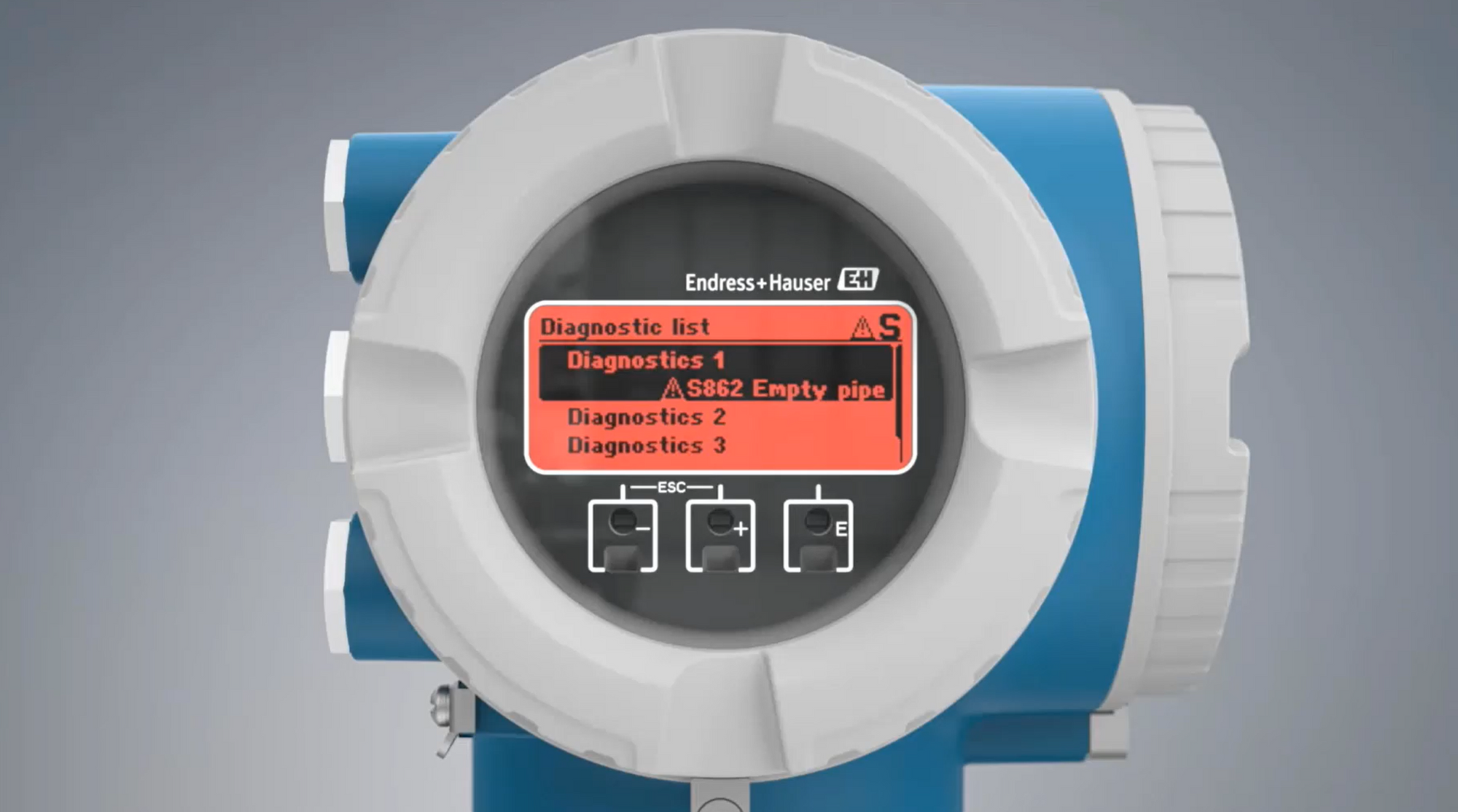Why do you need an IIoT platform capable of handling multiple vendors?
The market has plenty of IIoT cloud-based services, but do you need a platform for every brand? Come on in and find out!
IIoT is a hugely hyped topic, right? Lots of people are talking about it in many industries beyond our own. And most of the IIoT ecosystems out there fall in one of two camps.
In one camp, they cover the entire IIoT spectrum, from cloud connectivity to data storage and user interface, but for a very narrow range of supported “things.” In the other, they act as generic holdalls, requiring customization by specialists to make the solution fit your needs
It’s hard to find an IIoT ecosystem in the process automation industry that ticks all the boxes AND is easy to set up and use. Today, let’s talk about how an IIoT service that serves more than one brand serves its users better.
IIoT beyond a single brand
IIoT solution providers need to think beyond the boundaries of individual manufacturers and enable all assets to communicate together and with the system. Of course, this solution still needs to be easy for customers to set up and maintain.
Let's talk about what an IIoT platform must provide to cover the asset diagnostics use case across manufacturers. First off, what is asset diagnostics? Let's take a look at an example here, where a field asset displays a diagnostic code:

In the old days, you had to dig out an operating manual to solve the issue, even for digital assets. And some manuals would tell you what caused the issue, but others would only describe how to fix it.
We need a system that lets you decipher the code, understand the issue, and deliver the fixes for any device from any vendor.
The IIoT multi-vendor service
So how would such a system work? Let’s look at Netilion from Endress+Hauser. Its data model was designed with multi-vendor capabilities from the start:
A health_condition object specifies its diagnostic code and links to the resulting NAMUR NE107 status. The health condition links to another object, the cause, to describe why this is happening.
But what about a diagnostic message that can have multiple causes, like a radar level sensor losing its signal? That could happen because the tank is empty or there’s foam on the surface, and each cause needs a different remedy.
One thing it must provide is the capability to store diagnostics coming from multiple manufacturers and make them available to the user over an easy-to-use interface. The next important step is to provide this diagnostic information via a powerful API so that technical components such as edge devices can access it automatically.
Well, the “Search” function in the Netilion IIoT ecosystem makes all of the cause and remedy information available in the cloud, where both humans and edge devices can access it.
I’d love to talk to you about the exciting possibilities in edge devices to optimize a production plant, but I’m out of time today. So try out our “Search” function for free! Sign up to Netilion today.



